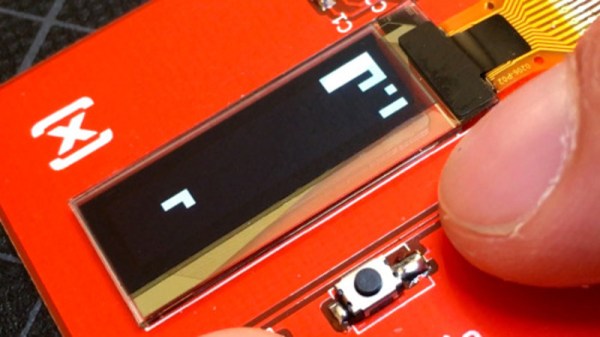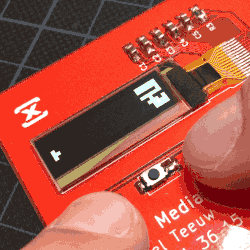One of the more interesting pieces of tech from Hollywood that never seems to become a reality is a location tracker. Remember the ‘movement tracker’ in Alien that found the cat in the locker? Yeah, like that. Something that reports the direction and distance to a target, kind of like a PKE Meter from Ghostbusters. I think there was something like this in Predator. On Indiegogo, there’s a device that tracks other devices. It’s called the Lynq, and it’s a small, handheld device that tells you the distance and bearing of other paired devices. Hand them out to your friends, and you’ll be able to find each other at Coachella. While the device and use case is interesting, we’re wondering how exactly this thing works. Our best guess is that each device has a GPS module inside, and communicates with other paired devices over the 900MHz band. It’s a bit pricey at $80 per unit (although you need at least two to be useful), but this is a really interesting project.
The SDRPlay SDR1 and SDR2 are — as you would guess — software defined radio receivers, that retail for $2-300. Problem: a few of these units were stolen from a warehouse, and are winding up on eBay. Solution: SDRPlay has decided to disable the specific receivers ‘via the serial number’. In a move just slightly reminiscent of FTDIgate, a manufacturer has decided to brick products that are stolen or infringe on IP. It’s a solution, but I wouldn’t want to be on the customer service team at SDRPlay.
A few years ago, [Oscar] created the PiDP-8/I, a computer kit that miniaturized the venerable PDP-8/I into a desktop form factor, complete with blinkenlights and clicky switches. It’s a full simulation of a PDP-8 running on a Raspberry Pi, and if you took the PiDP-8/I back to 1975, you could, indeed, connect it to other computers. But the PDP-8/I isn’t the most beautiful minicomputer ever created. That honor goes to the PDP-11/70, a beast of a machine wrapped in injection molded plastic and purple toggle switches. Now, after years of work, [Oscar] has miniaturized this beast of a machine. The PiDP-11/70 is a miniature remake of the PDP-11/70, runs a Raspberry Pi, and is everything you could ever want in a minimainframe. The price will be around $250 — expensive, but have you ever tried to find a PDP-11 front panel on eBay?
The Nvidia TX2 is a credit card-sized computer with a powerful ARM processor and a GPU. The TX2 is a module designed for ‘AI at the edge’, or something along those lines, meaning you can take a trained data set, load it onto an SD card, and the TX2 will do all the fancy image processing and OpenCV without a connection to the Internet. The obvious application for the TX2 is something like an ‘AI camera’, and now this is finally a product. The DNNCam is a 4k, 60FPS camera attached to a TX2 and stuffed into an IP67-rated enclosure. If you’re thinking of building anything like a security camera attached to a GPU, this is the all-in-one solution. It’s pricey, yes, but the TX2 module isn’t exactly cheap.

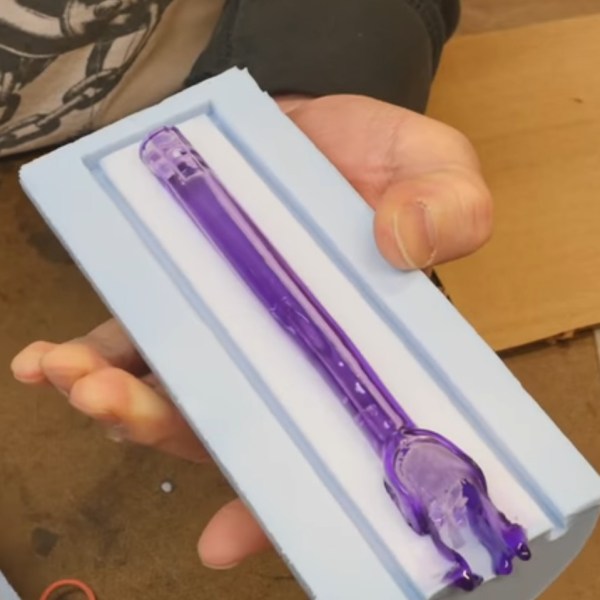
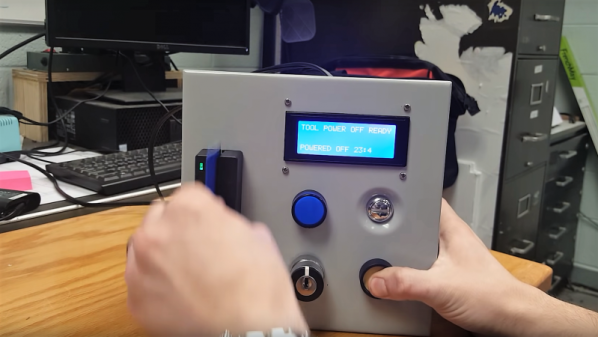


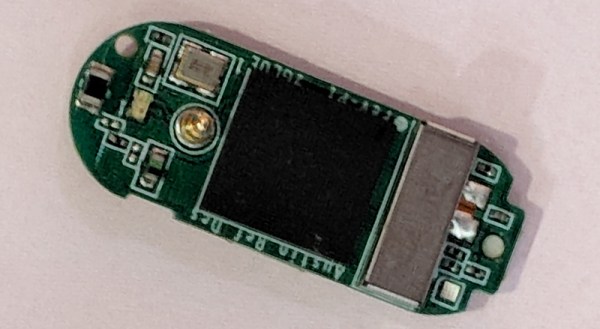

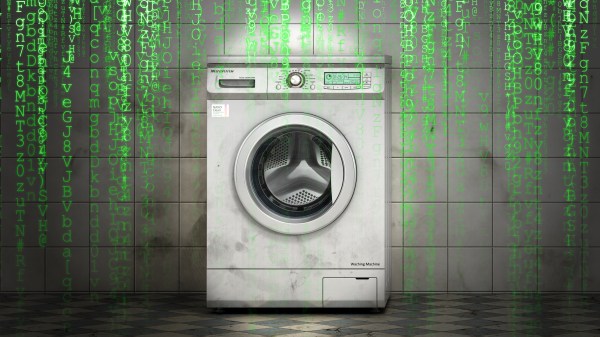
 How do you sense when the machine — either a washer or a dryer — is done? [Andrew] thought about sensing current but didn’t want to mess with house current. His machines don’t have LED indicators, so using a light sensor wasn’t going to work either. However, an accelerometer can detect vibrations in the machine and most washers and dryers vibrate plenty while they are running.
How do you sense when the machine — either a washer or a dryer — is done? [Andrew] thought about sensing current but didn’t want to mess with house current. His machines don’t have LED indicators, so using a light sensor wasn’t going to work either. However, an accelerometer can detect vibrations in the machine and most washers and dryers vibrate plenty while they are running.
